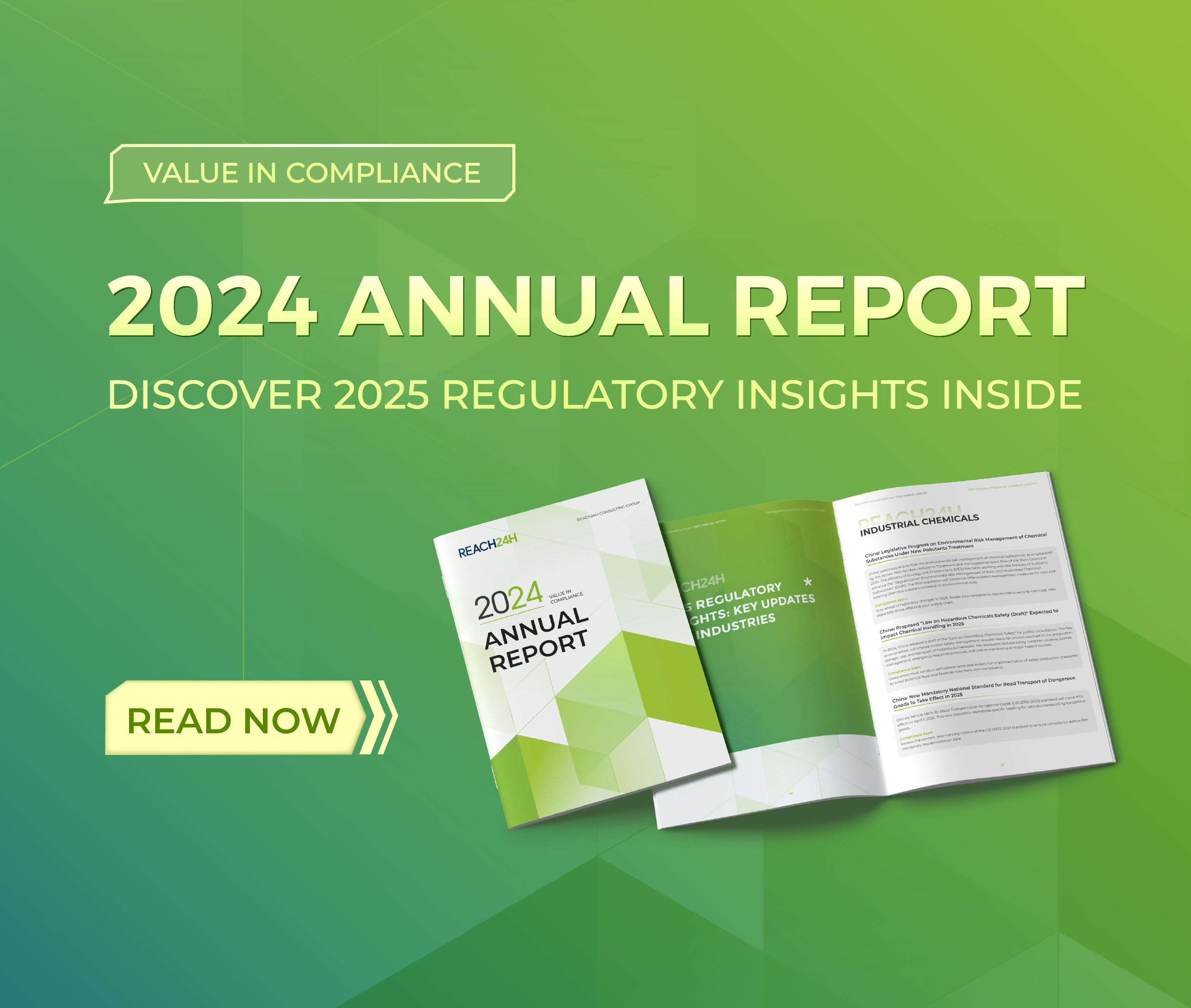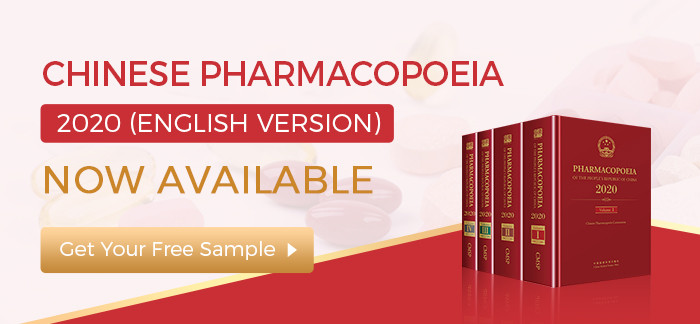China Cosmetics Safety Assessment: Key Insights on Cosmetic Stability Testing and Evaluation
On July 8, 2024, China’s National Institutes for Food and Drug Control (NIFDC) released the Technical Guidelines for Stability Testing and Assessment of Cosmetics. This document outlines requirements for stability testing, including test parameters, methods, and evaluation criteria. Here, we summarize critical aspects and provide insights from REACH24H to optimize testing strategies.
General Requirements for Cosmetic Stability Testing and Evaluation
According to the Guidelines, the stability evaluation of cosmetics includes Influencing Factor Testing, Accelerated Testing, and Long-term Testing. In the process of registering or notifying cosmetic products, it is acceptable for companies only to provide accelerated testing data. The long-term testing can be completed after the product is registered or notified, and the long-term testing report can be archived by the companies internally.
Main Influencing Factors for Cosmetic Stability
The Guidelines recommend testing under four conditions to assess product durability: high temperature, high humidity, light exposure, and free thaw. Taking into account the characteristics of cosmetic products and ingredients, we analyze below why these factors are the main influencing factors, and companies can also make a comprehensive choice based on their product and ingredients situations.
High Temperature
- Affects physical properties (e.g., viscosity, solubility) and chemical stability.
- Can accelerate the spoilage of oils and the growth of microbes.
- Heat-sensitive ingredients (e.g., β-arbutin) may degrade, releasing compounds like hydroquinone.
- Influences emulsion stability and microbial proliferation.
High Humidity
- May cause precipitation, separation, or moisture absorption in powders.
- Accelerates oxidation, reducing active ingredients’ effectiveness.
- Increases risks of microbial contamination.
Light Exposure
- UV rays can degrade ingredients, reducing stability and causing color fading.
- Impacts natural pigments (e.g., carotenoids) and antioxidants (e.g., astaxanthin).
- Reduces efficacy of UV filters in sunscreens.
Freeze-Thaw Testing
- Repeated freezing and thawing cycles can disrupt emulsions and cause ingredients to crystallize.
- Water expansion during freezing can damage packaging and alter product consistency.
Stability Test Project Setup
The Guidelines recommend basic and additional testing parameters:
Basic Parameters: Appearance, color, odor, pH, and viscosity are direct indicators of cosmetic stability. Total bacterial count, molds, and yeasts reflect the effectiveness of the product’s preservative system.
Additional Test:
- Centrifugation Test: Simulates long-term storage by assessing emulsion stability.
- Airtightness Test: Evaluates packaging’s sealing capabilities.
- Drop Test: Assesses impact resistance during transport and daily use.
Recommended Method References
In cases where national standards are lacking, companies can refer to:
Group Standards in China
- T/SHFCA 002-2021 Guidelines for stability testing of cosmetic
- T/GDCQMA 002-2023 Regulations for cosmetic stability testing
- T/GDICST 001-2023 Guidelines for the verification of cosmetic safety tests
- T/SHRH 058-2024 Guidelines for Cosmetic Stability Test
International Standards
- ISO/TR 18811:2018 Guidelines on the stability testing of cosmetic products
- CTFA/Colipa Guidelines on Stability Testing of Cosmetic Products
- PCPC Guideline for Industry: The Stability Testing of Cosmetics
Guidelines for the Food/Pharmaceutical Industry
- Q1A(R2) Stability Testing of New Drug Substances and Products
- Chinese Pharmacopoeia 9001 Guidelines for the Stability Testing of Drug Substances and Preparations
- State Food and Drug Administration Notice [2006] No. 678: Technical Guidelines for Stability Research on Traditional Chinese Medicine and Natural Medicine
- [H]GPH6-1: Technical Guidelines for Stability Research on Chemical Drugs
- T/CNFIA 001-2017 General Guideline for Food Shelf Life
- Requirements for the Stability of Foods for Special Medical Purposes (Trial) (2017 Revised Edition)
Calculating Accelerated Testing Period and Shelf Life of Cosmetics
Companies should verify accelerated test results with long-term stability studies to confirm the shelf life. Reference standards like T/CNFIA 001-2017 General Guideline for Food Shelf Life offer calculation methods based on accelerated testing data.
The Guidelines provide general content for stability testing evaluations, allowing cosmetic companies flexibility in conducting stability assessments. REACH24H recommends companies use the Guidelines to conduct tests scientifically and rationally, with a focus on factors impacting product stability. After a comprehensive assessment, companies can confirm the stability of their cosmetics.
REACH24H Take-Home Tips
- Customize Testing: Adapt stability tests to your product’s specific properties and packaging.
- Stay Updated: Regularly review and incorporate relevant group, international, and industry standards.
- Prioritize Data: Use comprehensive data from various test methods to ensure robust stability conclusions.
- Plan Ahead: Integrate stability testing into your product development timeline to address any compliance or formulation issues early.
Why Trust REACH24H’s Expertise
At REACH24H, we have helped over 1,000 cosmetic companies worldwide achieve compliance. Our innovative regulatory solutions set us apart in the industry. For any questions, contact us at customer@reach24h.com.
Read More:




